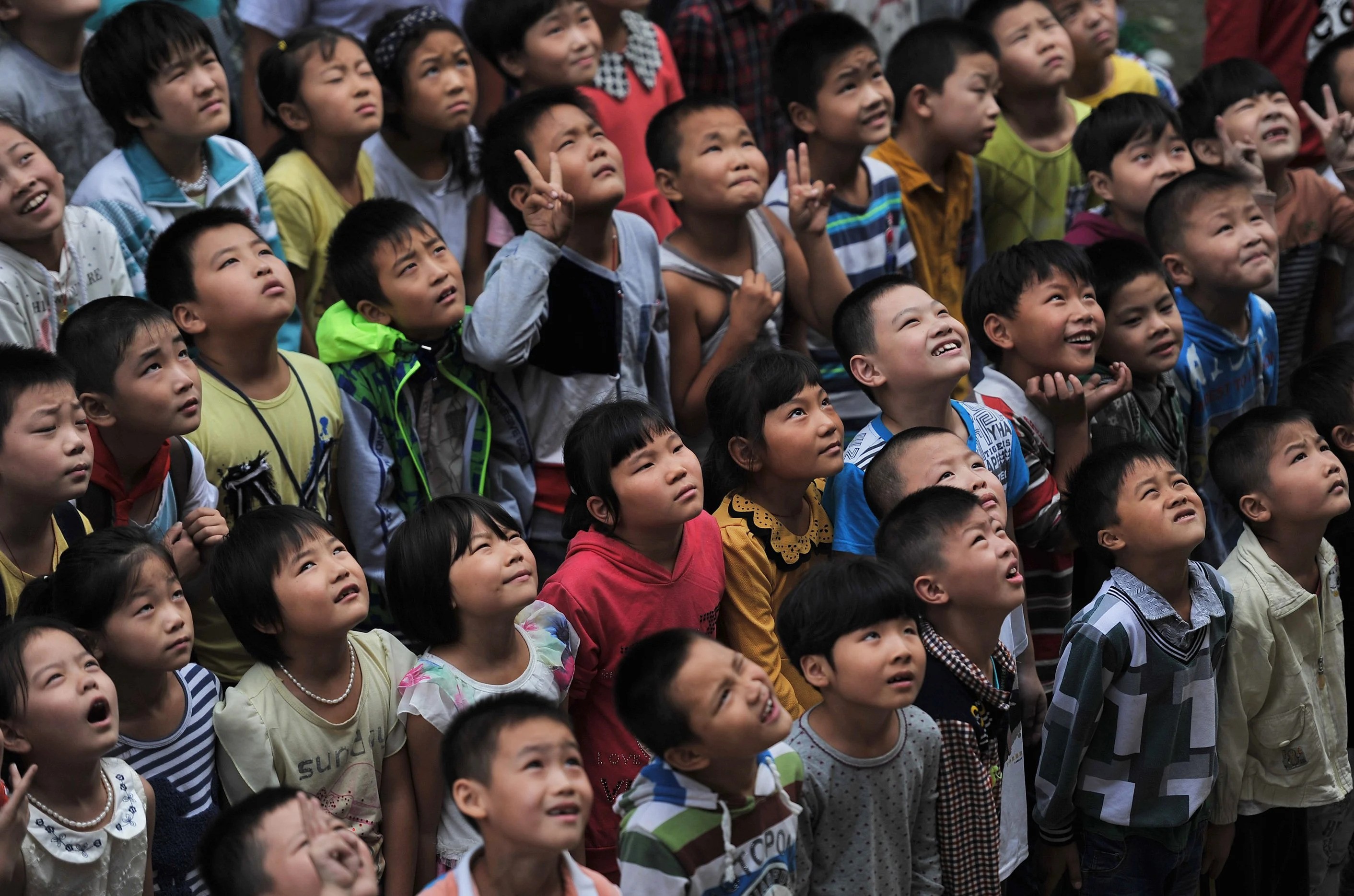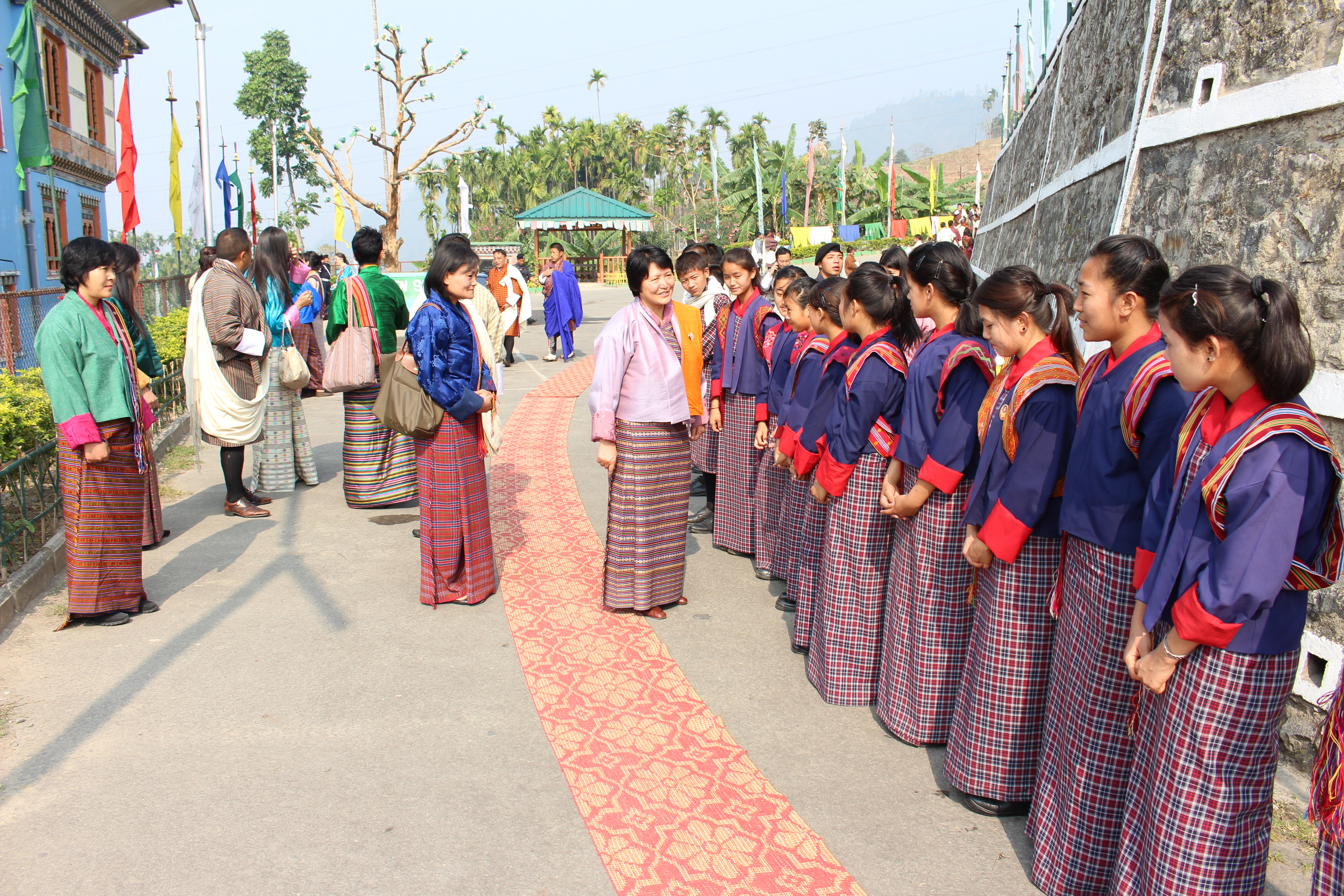In Beijing, a city of 21.9 million people, over 8 million are migrants, including 700,000 children. These children face substantial challenges in accessing education, with only one-third of them having the opportunity to attend public schools. Consequently, the majority are compelled to pursue education in migrant or private educational institutions.
The root of this issue can be traced back to China’s historical approach to labour migration, epitomized by the Hukou System. Originating in the 1950s, this system mandated individuals to register with local authorities for residency, which in turn determined their employment location. While the system eased from the 1980s, it perpetuated a distinct urban-rural divide, hindering internal migration and restricting people to their birthplaces. Consequently, migrants found themselves marginalized, particularly in accessing essential services like education and healthcare in urban centers. Some urban residents view the Hukou System as essential, fearing that sharing resources with migrants could strain local finances. However, this viewpoint ignores the economic contributions of the migrant population. Failure to address this issue could perpetuate a cycle of underperformance among future generations. This systemic exclusion, combined with policy conflicts between regional development and central government plans has exacerbated educational disparities for migrant children in Beijing.
In addressing the pressing educational challenges faced by migrant children in Beijing, a series of comprehensive reforms are proposed. These reforms aim to bridge the gap between urban and rural populations, ensuring equal access to education and fostering socio-economic integration.
Reforming the Hukou System for Enhanced Urban-Rural Integration
To address the considerable urban-rural disparity and facilitate the integration of migrant families into city life, this reform can provide equitable access to public services for migrants, thereby elevating their socioeconomic status and ensuring equal educational opportunities for their children. Further, issues such as intermittent education and mobility challenges faced by migrant children, and inadequate support for family education, can also be effectively tackled. Ultimately, this reform is essential not only for reducing dropout rates and crime, but also for cultivating a more skilled and harmoniously integrated workforce.
Creating Inclusive Education Systems
A key reform involves revising the compulsory education system to ensure equal opportunities for migrant children in urban schools. This reform aims to reduce dropout rates and prevent the displacement of migrant children from urban areas, by fostering inclusivity and catering to their specific needs. Additionally, it also promotes more stable employment prospects and contributes to curbing urban crime rates.
To address discrimination it is important to dismantle segregation regulations. This involves allowing migrant children to attend schools based on proximity to their residences, rather than being confined to specific institutions. Ensuring equitable access by eliminating unfair schooling fees is crucial for promoting equality.
Finally, redefining education quality metrics is essential. Public schools should recognise the integration of migrant children as a crucial indicator of educational excellence. This paradigm shift holds the potential to significantly advance integration and equality within the education system.
Two-Point-One-Line Policy
This innovative policy reform seeks to revolutionize the compulsory education finance system by bridging the gap between provincial and country governments. It facilitates direct fund allocation from the central government to local administrations based on the actual number of registered students and available resources, ensuring a fairer distribution of funds.
Unified Education Registration Card
To streamline access to education, a unified and simplified compulsory education registration card is proposed. This card could verify a child’s eligibility for schooling and maintain a comprehensive record of their educational progress. Importantly, it operates independently of the child’s hukou location, thereby removing geographical barriers to education.
Conclusion
Addressing the educational challenges faced by migrant children in Beijing requires a multifaceted approach. Implementing reforms to revise the Hukou system, creating inclusive education systems and improving socio-economic status is essential for a fairer education system. In this realm, it is also vital to acknowledge the role of teachers in integrating migrant children and reshaping perceptions in local communities. By fostering dialogue and understanding among students, parents, and policymakers, can garner wider support for educational reform and inclusive policies. These collaborative efforts set the stage for brighter futures of migrant children in Beijing.





